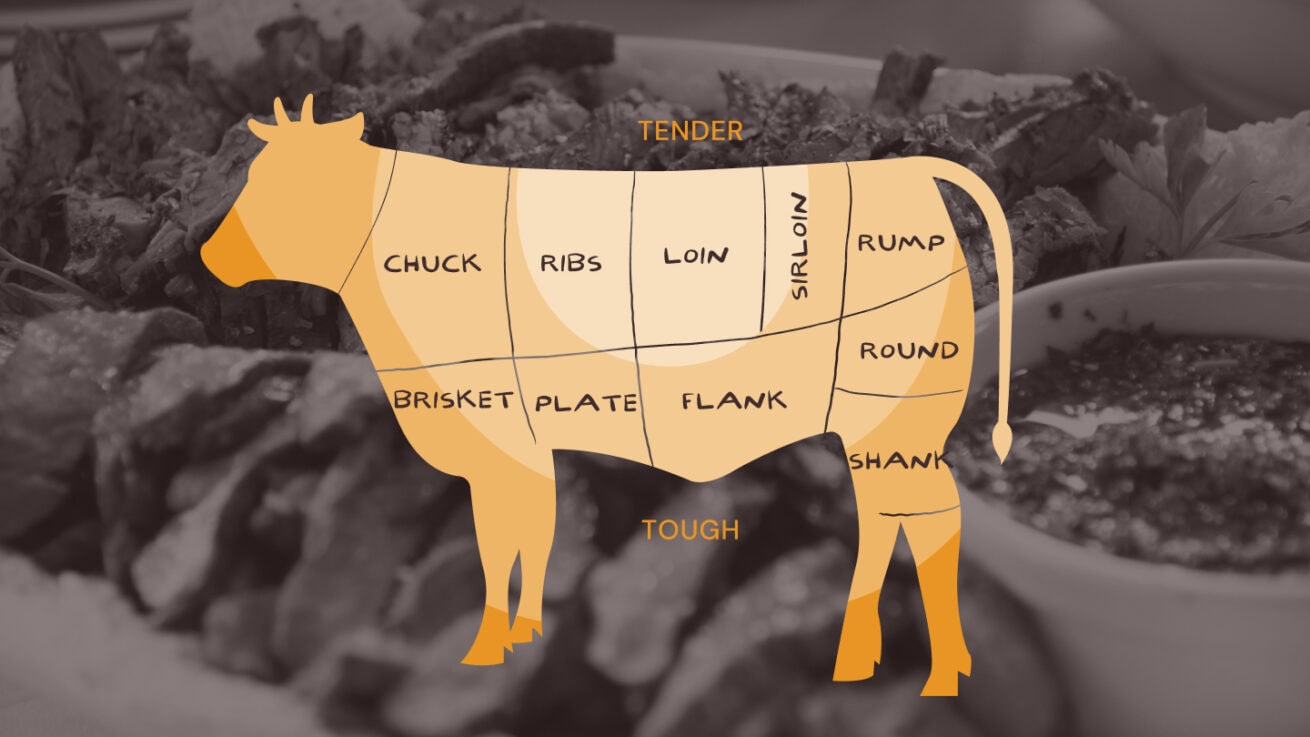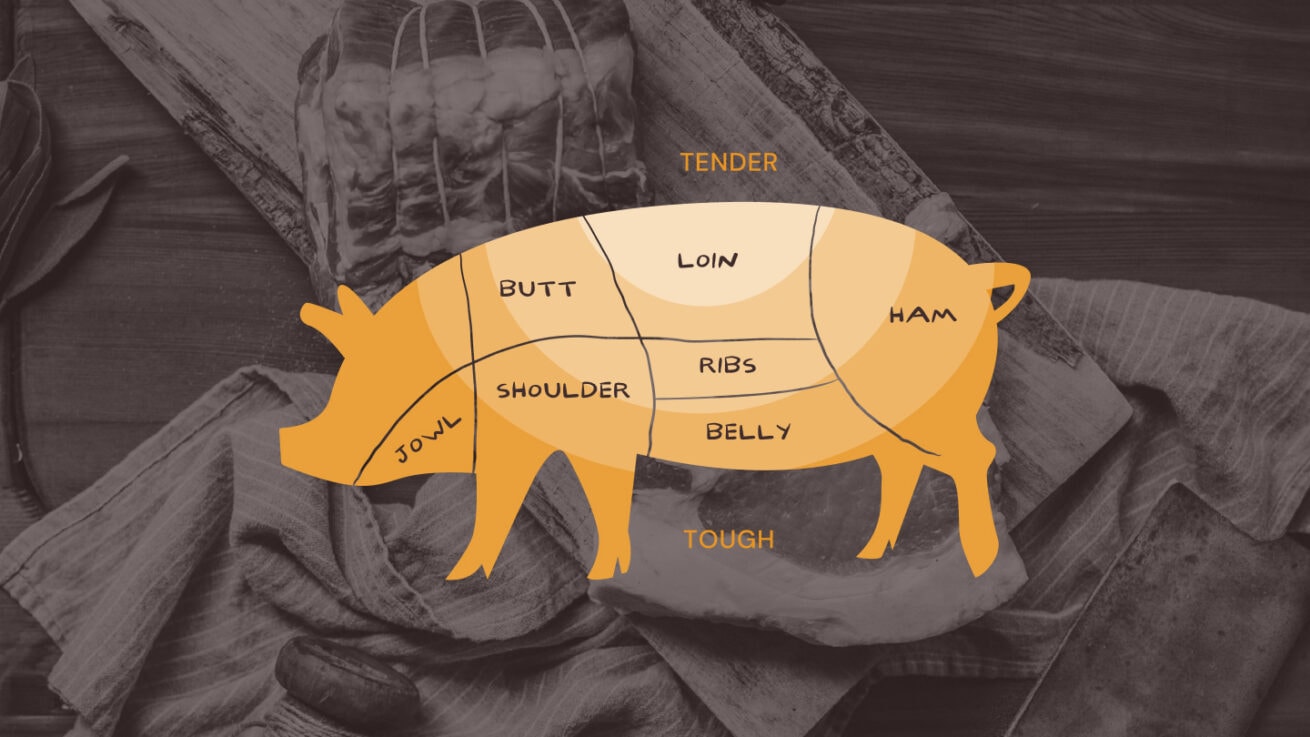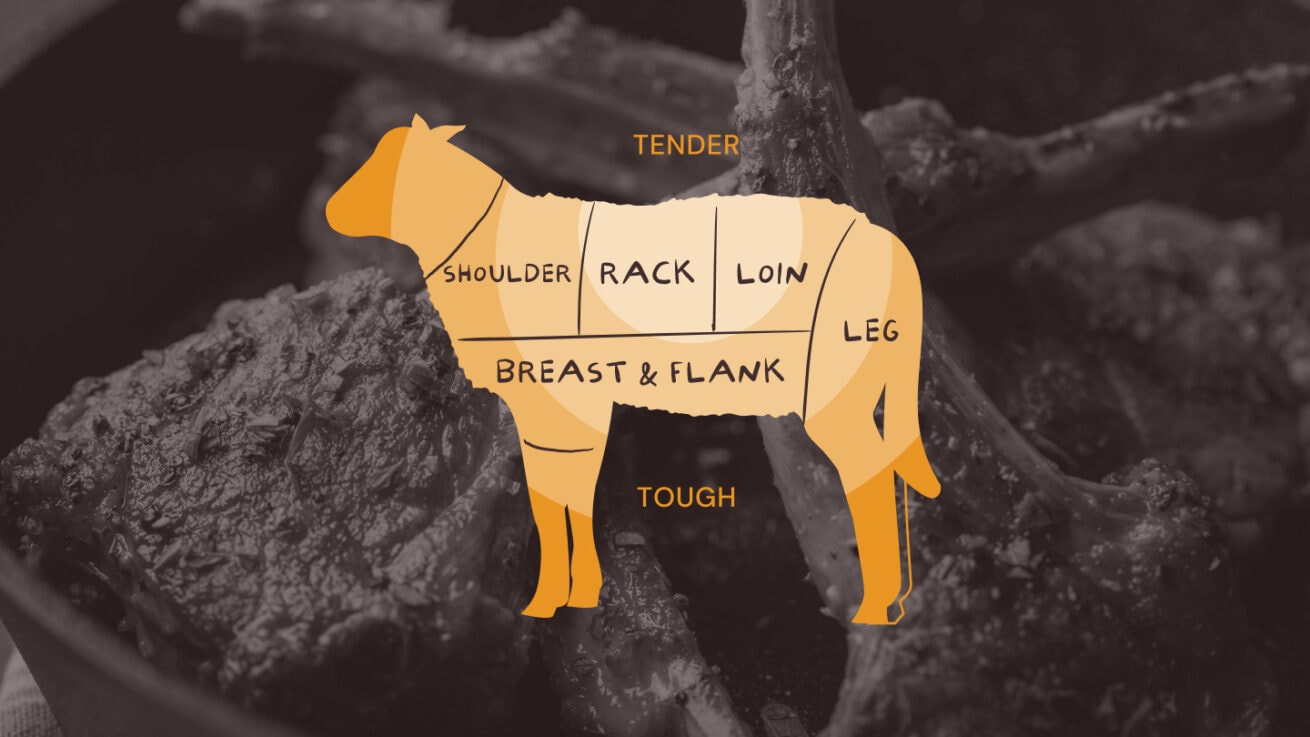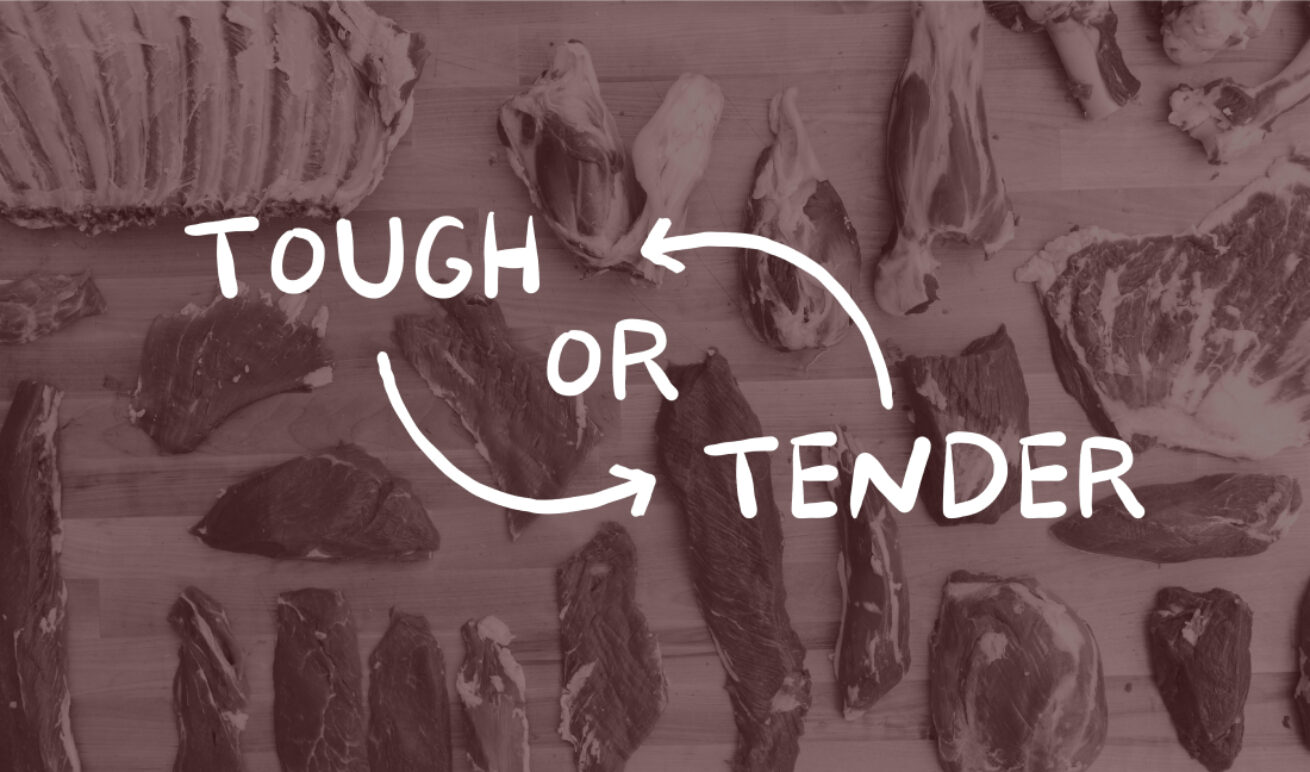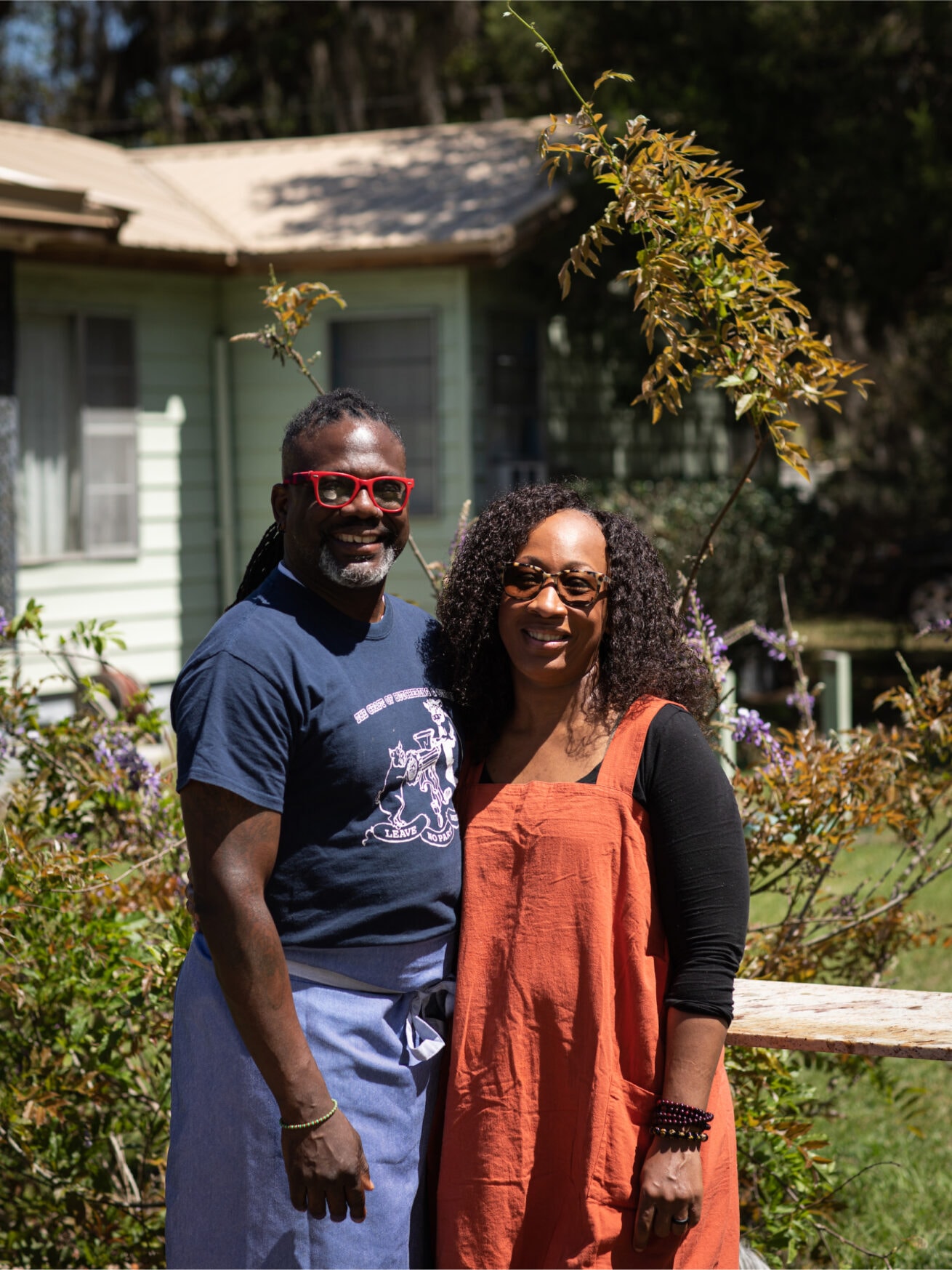Questions to ask yourself:
Informed with some smart guesstimates, follow this approach to calculate your yearly needs for each type of meat you plan to buy. After you have figured out your yearly average, refer to the meat yield table and graphics below to determine what carcass share most likely suits your household.
- How many meat-eaters are in your household?
- How much meat, on average, does each person eat per meal? This is known as your “average portion size per person.” Remember that a meat-centric dish like steaks of burgers might mean 6 to 8 ounces per serving. But dishes where meat is the accent, like braised sauces and pasta dishes, might mean a bit less.
- How many meals per week include meat? This number may be different for beef, pork, lamb or goat.
- Multiply: (Number of Meat-Eaters) x (Average Portion Size) x (Meals Per Week) = Your Weekly Consumption. Now take Your Weekly Consumption and multiply it by 52 (weeks in the year) and you will get a rough estimate for how much meat you eat per year. This number will correlate with the boneless meat yield numbers in the table below.
Keep in mind that the numbers you calculate are helpful estimates. You will learn a lot about your household eating habits after your first year spent eating from the freezer. Furthermore, when you commit to buying an animal share from a producer, the amount of meat, though somewhat predictable, will be a bit different every time. This is because you are reserving a portion of an actual carcass and those animals grow differently from year to year. In the table below we provide a predictable range for each species and share size, but confirm with the producer what their range is before you commit.
Now that you know how much meat you eat, it's time to figure out which meat share is right for you. First, let's familiarize you with a couple of terms.
Not sure if you're ready to buy in bulk? Read our article, "Bulk Buying From Farmers: A Quick Summary."
